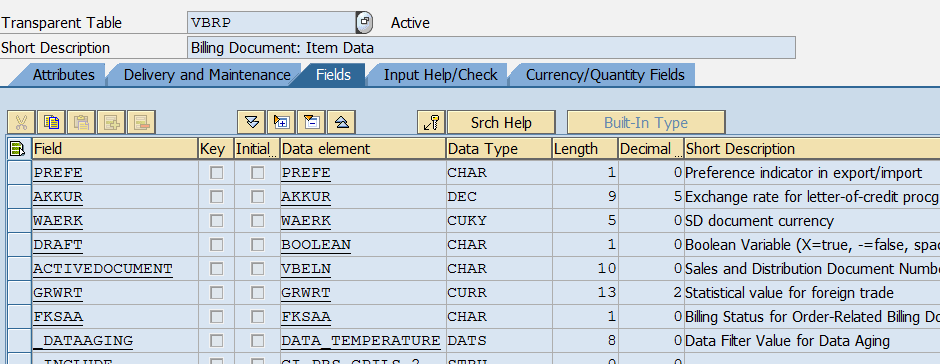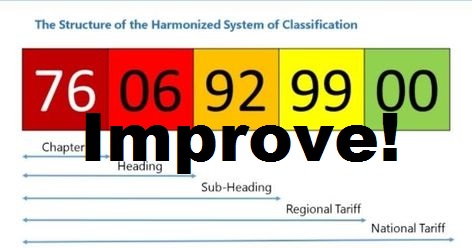FTA Management | Claiming Preference with SAP GTS and what are REX system Implications
Technology
One of the major benefits of GTS is the possibility to determine and manage the preferential status of your products. After you implement Risk Module, perform the necessary customizing steps, maintain the data content and master data, you can proceed with preference management and determination. Once you come to the result that your products fulfill the conditions stipulated in Free Trade Agreements, you can claim zero or lower duty rate upon import of your goods in destination country. Now the question is how can you prove this fact to customs officer or to your customers?
Here you have to follow the Proof of Origin rules, which are part of FTA signed by participating parties and which may differ from agreement to agreement (list of EU FTAs: Arrangements Lists), however for FTAs signed by European Union following options are generally applied:
- Proof of Origin issued by public authority – most common EUR 1 certificate, EUR MED or Form A (for GSP countries)
- Preferential Statement on commercial document, which is sufficiently describing the goods (invoice, delivery note etc), issued by exporter himself
Option one has obvious drawbacks if you export your goods on regular basis and are looking for automation of the whole process, here we come to option two and GTS. Assuming you print your commercial document out of ERP system connected to GTS, with proper customizing (consider SAP notes 379269, 829932) and setting up the FM PREFERENCE_DETERMINE_SD, you can utilize the preference flag field stored on document position level in SAP ERP. This flag is automatically populated with GTS RFC upon the document creation taking into account the document data and preference results stored in GTS. Keep in mind to setup the correct price condition to be compared against GTS preference threshold value (usually EXW price for EU FTAs). Moreover if the value of export exceeds 6000 EUR, the exporter has to be granted the Approve Exporter status by customs authorities to be able to issue preference statement himself.
What is the REX system changing?
Introducing of REX – Registered Exporter system, the origin determination rules are not changed, only the registration process for approved exporters. REX started as an economic operator authorization system utilized in trade with GSP countries*, with transition period started on 1 January 2017 until 30th June 2020. Means if you do not exchange goods with GSP countries, you could print preferential statements with your old registration number outside of REX system. But REX registration system is also going to be used for every new FTAs signed by EU since the CETA agreement with Canada inclusive. This means you can still use your old Approved Exporter registration number in trade within FTAs signed before CETA, but to utilize preference statement on the commercial document in trade with Canada (Japan and all future FTAs) you already have to register in REX and state the REX authorization number in the preference statement (refer to Article 80, Article 86 and Annex 22-06 of the UCC IA for the registration information). Thus your preferential statement in export to JP/CN is already requiring REX registration number, whereas you can still export to older FTA countries under your old registration number. *note that some commodities are exempted from GSP preference treatments (Exempted commodities from GSP)
The exporter of the products covered by this document (customs authorisation No…) declares that, except where otherwise clearly indicated, these products are of …preferential origin.
More to read about Preference Management: 10 key points to consider within each SAP GTS Prefe…








